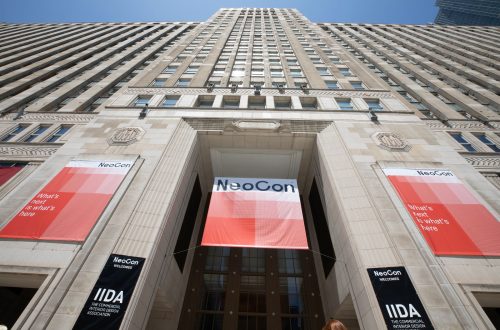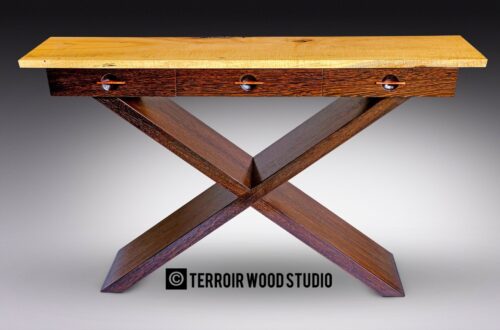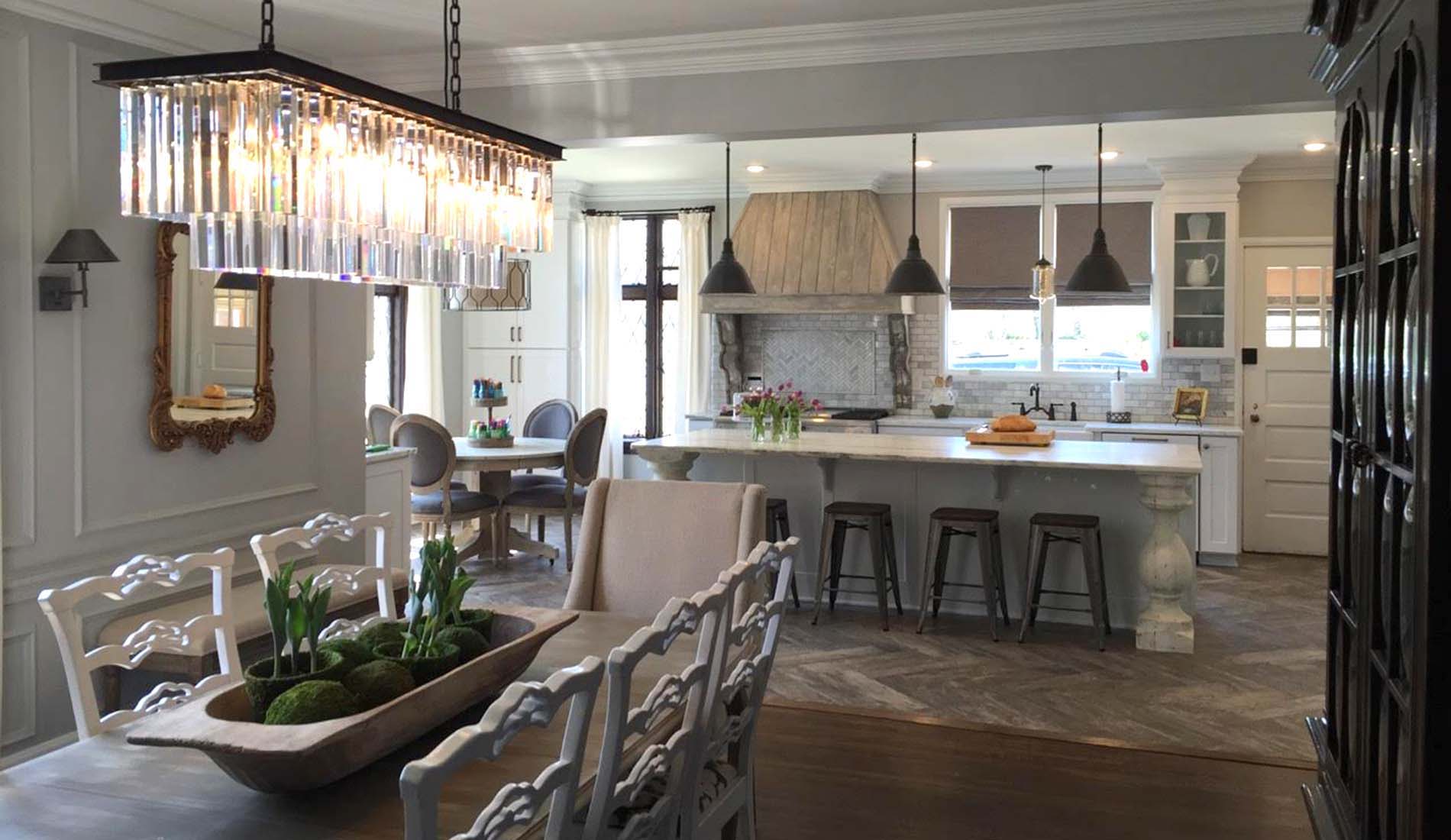As a shepherd of product ideas and designs for the human environment, the industrial design industry has a huge impact on the climate crisis and outstretched waste statistics around the world. To unpack this reality and connect through solutions, the Industrial Designers Society of America, or IDSA, kicked off its inaugural Sustainability Deep Dive conference last year, which tackled the complexity of imbuing the product lifecycle with sustainable processes, strategies, and experiences.
This month, the conference made its second annual trek across current themes and innovations in industrial design and sustainability, and the resulting programming was a rich exploration of concrete solutions, wonderous and science-backed products, hopeful-but-firm calls to action, and a revisitation of how user relationship with unsustainable products became so dire.
“We intend for this to continue until the idea of a conference on sustainability is meaningless, because everybody’s doing it,” said Stephan Clambaneva, IDSA, principal and founder of iD8trs in New York and Sections Director of the IDSA Board of Directors, who kicked off the second annual Deep Dive.
This year, subjects across presentations, discussions, and breakout sessions touched on circular design, biomimicry, product packaging, changing consumer behavior, sustainable material innovations, and more. Though topics were expansive, they held an underlying theme that industrial designers are more so moderators of a bridge that inherently exists between people and nature, and that because of this they can no longer ignore the unintended consequences of their operations.
“Sustainability is a complex problem with many facets and roots in many disciplines,” said Sayeh Dastgheib-Beheshti, IDSA, chair of the IDSA’s Toronto, Ontario chapter. “Ultimately it’s about the relationships humans have with the world. For too long, humans have seen themselves apart from the complex and interconnected web of life that binds every creature on the planet.”
The first day’s schedule on June 9, 2021 began with a presentation by BMW Group Design about the company’s sustainable history in the automotive sector and a systems approach to sustainable design. Followed with two presentations by Sitra and Grouphug Solar, titled “Design the Waste out With Circularity” and “Design for Dystopia,” respectively, the conference addressed industrial design in crisis and strained times, strategizing circular systems upon which to rebuild economic assets post-pandemic, and highlighting issues in design that need more awareness instead of adding more of the same products that already exist.
The afternoon sessions hosted Scandinavian firm Loop Global in a discussion on the future of sustainable packaging, and INDEED Innovation in a breakout session addressing how to consider carbon emissions in design decisions. Another breakout session, “Life-Centered Design Handbook,” examined life-centered design and its attention to natural human systems, joys, and intrigues.
“Life-centered design is not very new; it’s ancient in fact. The relationship between people and design has been critical for a long time. However, I think life-centered design is an attempt to recognize language around design today,” said Tim McGee, founder of the biologic insights and design consulting firm LikoLab, who gave the presentation.
Exploring the ways that natural phenomena continue to compel and affect us, McGee illustrated ways in which designers can integrate natural themes into human environments that are increasingly urban, indoors, and online, therefore promoting health and leveling cognitive loads. Examples of this type of design comprise utilizing color play, light levels, and even lulling sounds like rushing water in different products to complement our natural reactions. This approach can be taken one step further by designing in collaboration with nature to achieve sustainability, such as with TetraPOTS, which hold mangroves in their wave breaking structures that will eventually grow and interconnect to reinforce shorelines naturally.
With advancements in design and interdisciplinary teams such as these dreaming up new solutions for sustainability all the time, it could seem overwhelming for those who are new to the task to get started. In another breakout session titled “Sustainability is a Journey—Taking Those First Steps,” the team at Monona, Wisconsin-based environmental consultant TrueNorth Collective sought to illuminate pathways for integrating sustainability into the already work-heavy process of getting a project started.
“To work toward true sustainability, we need to take a full lifecycle view. All impacts from a product’s existence need to be considered all the way from the obvious ones to the ripple effects that are just as real as the obvious ones,” said Jeff Zeman, principal at TrueNorth Collective. “These can include origin of the materials, fabrication costs, transportation, use-footprint or waste creation when the product reaches the end of its life. It’s really common to see impacts outside of our own operations that are much greater than what’s in front of us.”
Together with TrueNorth Creative Director Theresa Millard, the team dispelled the “myth of innovation,” that brilliant ideas spring fully forward, and explained the advantages of sustainability as brands and their suppliers are increasingly held accountable for their impact.
The final day of the Deep Dive conference comprised talks by Estée Lauder Companies about the making and marketing of sustainable brands; Above innovation agency’s approach to design that addresses global challenges, and Partnership for Southern Equity’s energy solutions in communities marginalized by the climate crisis. Closing breakout sessions also examined the industry demand for sustainability training in higher education and the International Living Future Institute’s Living Product Challenge. The final session by the creative studio The Determined returned to hopeful—and for now, hypothetical—possibilities for a reality in which every designer is a “climate designer.”
“I propose that we change the doom and gloom narrative. This is the moment in time right now to view climate as an opportunity. It’s a time for us to reimagine and redesign what a thriving society could be,” said Mark O’Brien, co-founder of The Determined. “This is the moment for all designers from all industries and disciplines, working in-house or at a small studio, full time or freelance to use their creative talents to address our climate crisis.”
Text: R. Collins
Photography: IDSA | Unsplash






